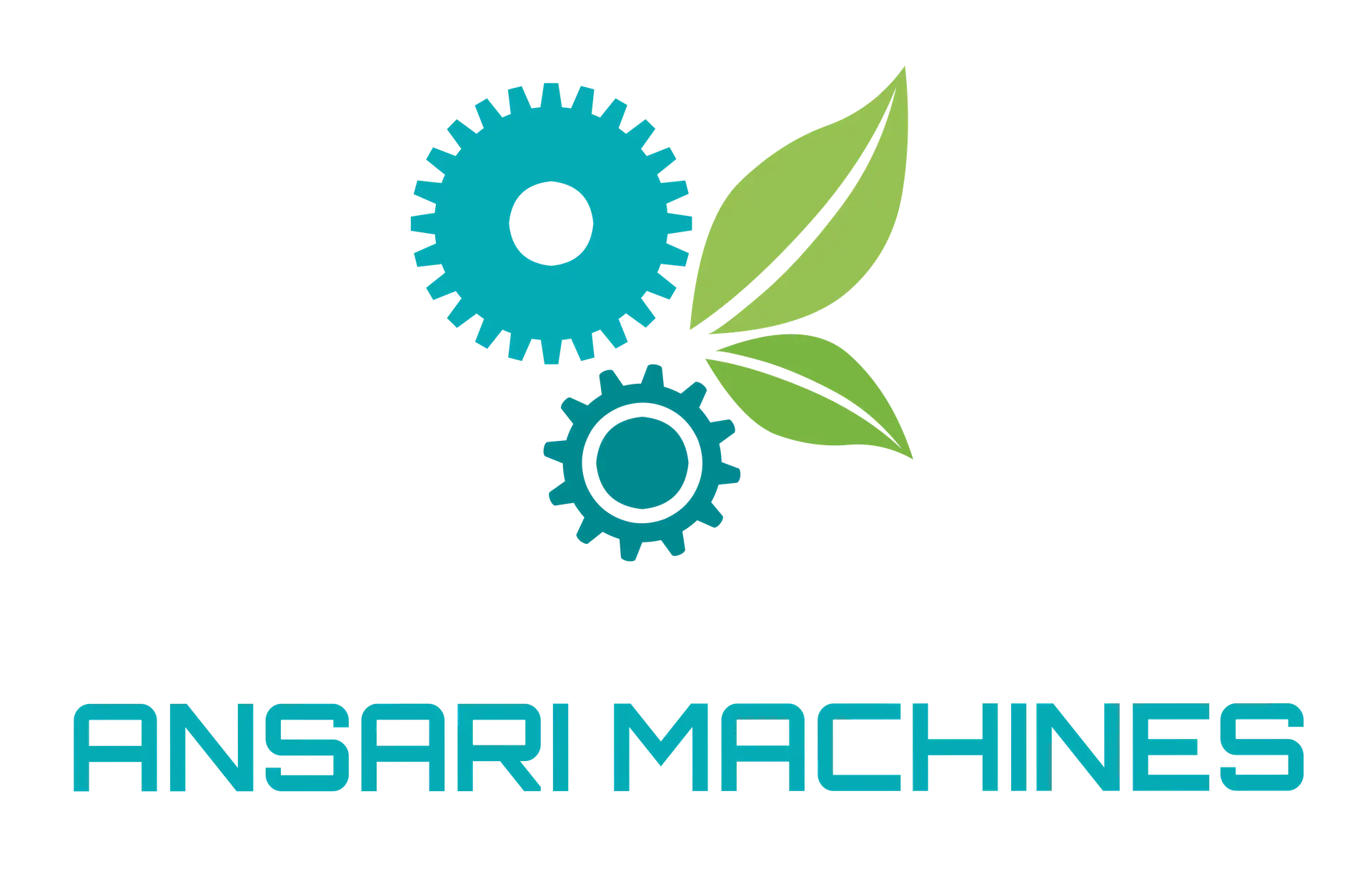Plastic recycling is a process that involves collecting waste plastic, processing it, and converting it into new products. This helps reduce plastic pollution, conserve resources, and minimize the environmental impact of plastic waste. The recycling process can vary based on the type of plastic, but the general steps are as follows:
1. Collection and Sorting
- Waste plastic is collected from households, businesses, and industries.
- The collected plastic is sorted into different types (e.g., PET, HDPE, PVC, LDPE, PP, PS, etc.) because each type requires a different recycling process.
2. Cleaning
- The sorted plastic is cleaned to remove impurities like dirt, food residue, labels, and adhesives.
- This step usually involves washing and using detergents or other chemicals to ensure the plastic is free from contaminants.
3. Shredding and Resizing
- Clean plastic is shredded into smaller pieces or flakes to facilitate further processing.
- This step helps in easier handling, melting, or chemical treatment of plastic materials.
4. Identification and Separation
- Even after initial sorting, different types of plastics may be mixed together. Advanced techniques like infrared spectroscopy, flotation, and density separation are used to separate them based on their properties.
5. Compounding
- The separated plastic is melted and extruded to form small pellets or granules.
- Additives such as colorants, stabilizers, or other materials may be added during this process to improve the properties of the recycled plastic.
6. Manufacturing of New Products
- The recycled plastic pellets are used as raw materials to manufacture new products.
- Recycled plastics can be used to make a wide range of products, including bottles, containers, textiles, automotive parts, construction materials, and more.
7. Quality Control
- The final recycled plastic product undergoes quality control checks to ensure it meets the necessary standards for strength, durability, and safety.
Types of Plastic Recycling
There are three main types of plastic recycling:
- Mechanical Recycling: This involves melting down plastics to form new products. It is the most common method but can degrade the quality of the plastic with each cycle.
- Chemical Recycling: This breaks down plastics into their chemical components, which can then be reused to create new plastics. It allows for the recycling of a broader range of plastic types and maintains material quality.
- Energy Recovery: Plastics are incinerated to generate energy. This method is considered a last resort because it leads to the release of greenhouse gases and other pollutants.
Would you like more details on any specific part of the recycling process or a particular type of plastic?

